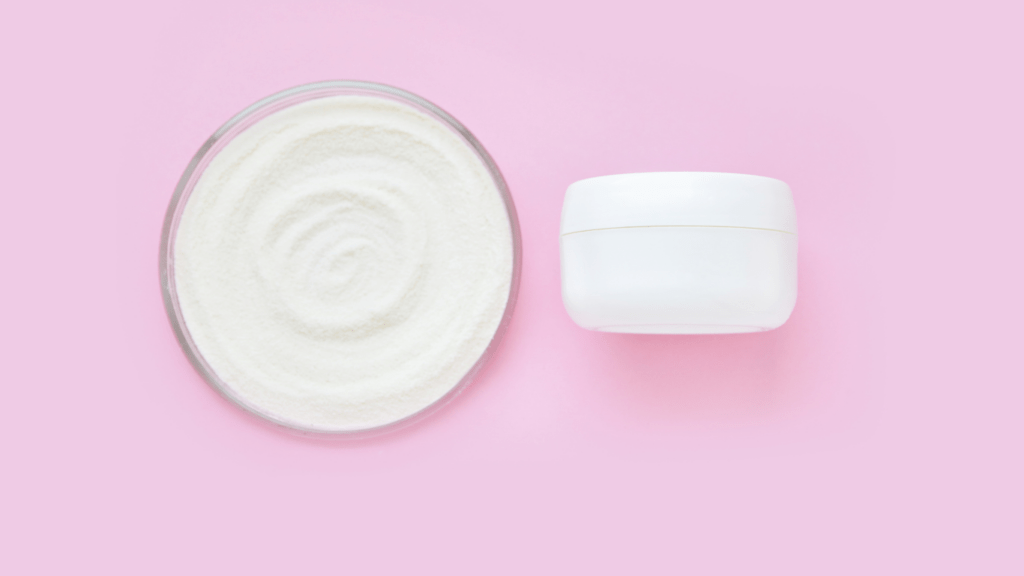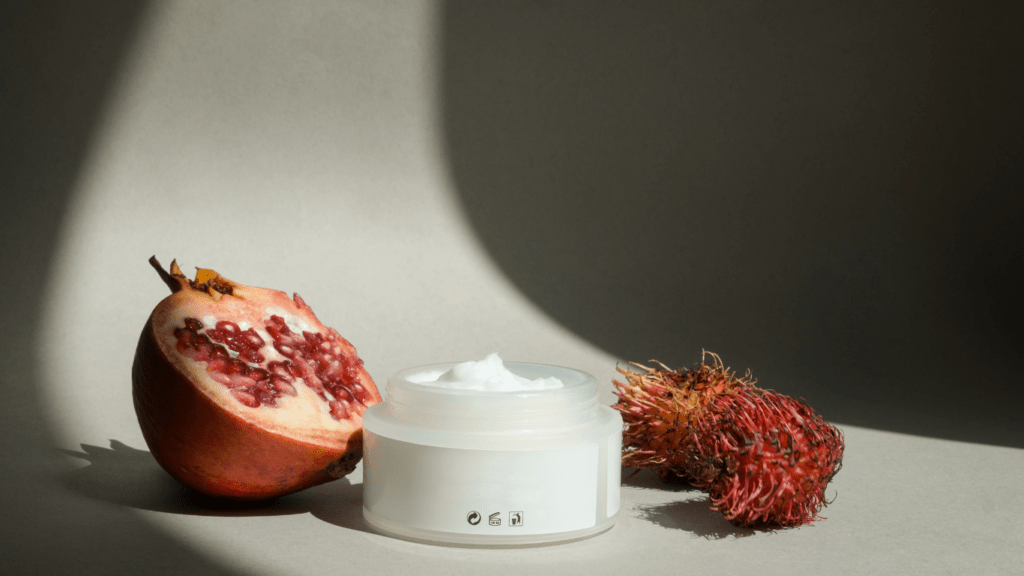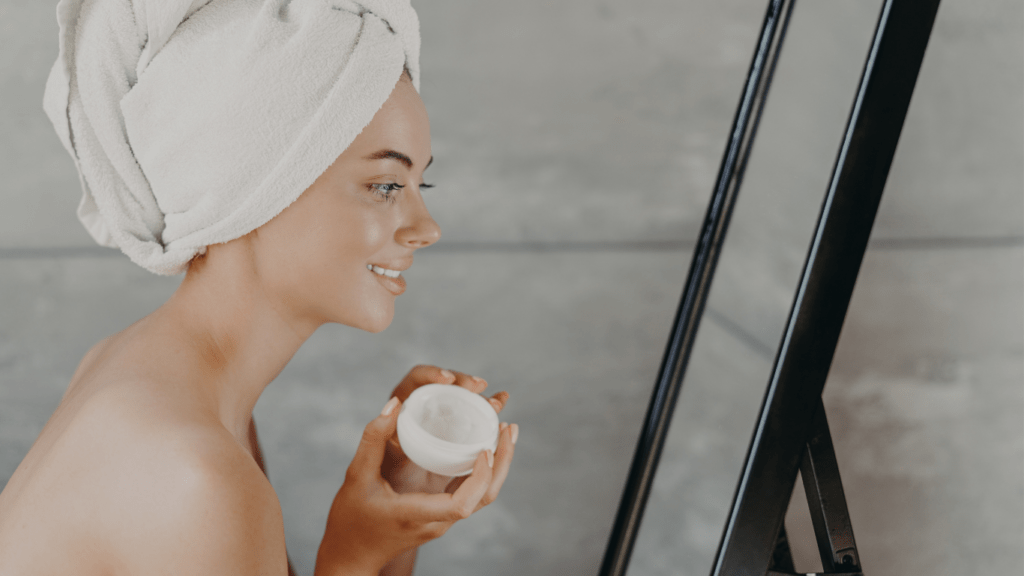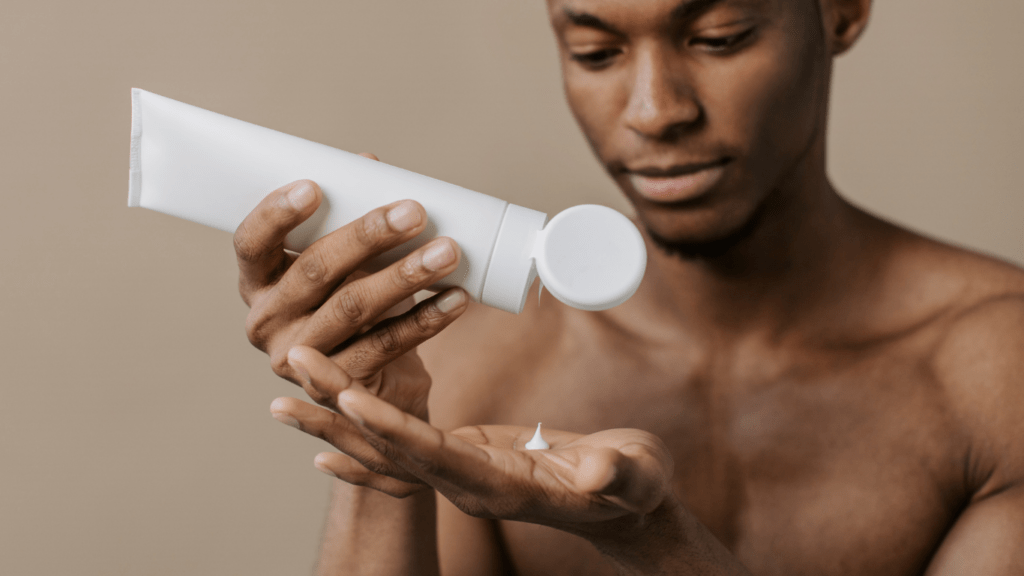Understanding Your Skin Type
Understanding your skin type helps you choose the right moisturizer. Use these guidelines to identify your skin type and make informed decisions.
Identifying Oily Skin
Oily skin often looks shiny and may feel greasy. Large, visible pores and frequent breakouts indicate oily skin. If your skin feels oily a few hours after washing, oil production is likely high.
Identifying Dry Skin
Dry skin typically feels tight, rough, or flaky. Patches of dryness and a dull complexion often accompany dry skin. In cooler climates, dry skin may worsen. Immediate absorption of moisturizer also signals dry skin.
Identifying Combination Skin
Combination skin shows both oily and dry features. The T-zone (forehead, nose, and chin) often appears oily, while cheeks may feel dry or normal. If you notice oiliness in some areas and dryness in others, it’s a sign of combination skin.
Identifying Sensitive Skin
Sensitive skin reacts easily to products, causing redness, itching, or stinging. The skin often appears thin and may have visible blood vessels. If new products frequently cause irritation, consider your skin sensitive.
Key Ingredients to Look for
Selecting a moisturizer with the right ingredients is crucial for achieving optimal skin health. Different skin types benefit from specific components, so it’s important to choose accordingly.
Moisturizing Agents
Glycerin, hyaluronic acid, and ceramides are essential moisturizing agents. These ingredients help retain moisture in the skin, prevent dehydration, and strengthen the skin barrier. For example, glycerin draws water into the skin, making it ideal for dry or dehydrated skin. Hyaluronic acid holds up to 1,000 times its weight in water, providing deep hydration. Ceramides restore the skin’s natural barrier, reducing moisture loss, and work well for all skin types.
Anti-Aging Ingredients
Retinol, peptides, and antioxidants play a key role in anti-aging moisturizers. Retinol stimulates collagen production and cell turnover, reducing fine lines and wrinkles. Peptides, short chains of amino acids, support skin structure and improve elasticity. Antioxidants like vitamin C and vitamin E neutralize free radicals, preventing premature aging. These ingredients are especially beneficial for mature skin or anyone looking to prevent signs of aging.
Soothing Components
Ingredients such as aloe vera, chamomile, and colloidal oatmeal provide soothing effects.
- Aloe vera hydrates and calms irritated skin.
- Chamomile reduces redness and soothes inflammation, making it ideal for sensitive skin.
- Colloidal oatmeal forms a protective barrier and relieves itching and irritation.
- These components are perfect for skin types prone to irritation and sensitivity.
Understanding these key ingredients ensures that you pick a moisturizer tailored to your skin’s specific needs. By paying attention to the ingredient list, you can enhance your skincare routine and achieve healthier, more balanced skin.
Types of Moisturizers

Selecting the right moisturizer is essential for maintaining healthy skin. Different types of moisturizers cater to various skin needs and preferences.
Creams
Creams offer a thicker consistency, making them ideal for dry or mature skin. They provide a substantial barrier against moisture loss and often contain hydrating ingredients like glycerin and hyaluronic acid. For example, creams with ceramides can strengthen the skin barrier, providing added protection during colder months.
Lotions
Lotions are lighter than creams and absorb quickly. They are suitable for normal to slightly dry or oily skin. Lotions typically contain a higher water content, offering hydration without a greasy feel. For combination skin, lotions with ingredients like aloe vera and chamomile can balance hydration while soothing sensitive areas.
Gels
Gels are lightweight and water-based, making them perfect for oily or acne-prone skin. They absorb quickly and leave a matte finish, reducing the likelihood of clogged pores. A gel with salicylic acid, for example, can provide hydration while helping to clear acne.
Ointments
Ointments are the thickest moisturizers, offering intense hydration and creating a strong barrier to prevent moisture loss. They are beneficial for extremely dry, cracked, or eczema-prone skin. Ingredients like petrolatum or mineral oil in ointments lock in moisture, making them ideal for use overnight.
By selecting the appropriate type of moisturizer, one can address specific skin needs more effectively, ensuring optimal skin health.
How to Test a Moisturizer
Testing a moisturizer before full application ensures it suits your skin type and avoids adverse reactions. This method involves a few straightforward steps.
Patch Testing
Patch testing helps identify potential allergies or irritations. Apply a small amount of moisturizer to a discreet area, like the inside of your wrist or behind your ear. Leave it for 24 hours without washing that area. If there’s no redness, itching, or swelling, the moisturizer is likely safe for broader use. This is crucial for sensitive skin types to prevent unwanted reactions.
Observing Skin Reactions
After patch testing, observe how your skin reacts when the moisturizer is applied to your face. Use the product as directed for a few days, focusing on any changes in skin texture or appearance.
Watch for signs like:
- breakouts
- redness
- excessive oiliness
If these occur, it may indicate incompatibility with your skin type. Adjusting the product ensures your skin remains balanced and healthy.
Best practices for testing a new moisturizer include consistent monitoring and adjusting based on skin response.
Tips for Application
Proper application of moisturizer maximizes its benefits. Consider the following tips to get the best results from your moisturizer.
Frequency of Use
Daily use is essential for maintaining skin hydration and health. Apply moisturizer once in the morning and once at night. For dry skin or harsh climates, application three times daily may be necessary. Pay attention to how your skin responds and adjust as needed.
Best Practices for Layering
Layering enhances the effectiveness of your skincare routine when done correctly.
Apply moisturizer after cleansing and toning to lock in moisture. If using serums or treatments, apply them before your moisturizer. Wait a few minutes between layers to ensure each product absorbs properly.
Consistency in application can significantly improve skin texture and hydration levels.


 Bonnie Brown is an expert in holistic wellness with over a decade of experience in natural health and skincare. She has dedicated her career to helping individuals achieve radiant health through plant-based solutions and mindful self-care practices. Bonnie is passionate about blending ancient traditions with modern wellness techniques, making her insights a valuable resource for anyone on a journey to healthier skin and overall well-being.
Bonnie Brown is an expert in holistic wellness with over a decade of experience in natural health and skincare. She has dedicated her career to helping individuals achieve radiant health through plant-based solutions and mindful self-care practices. Bonnie is passionate about blending ancient traditions with modern wellness techniques, making her insights a valuable resource for anyone on a journey to healthier skin and overall well-being.
